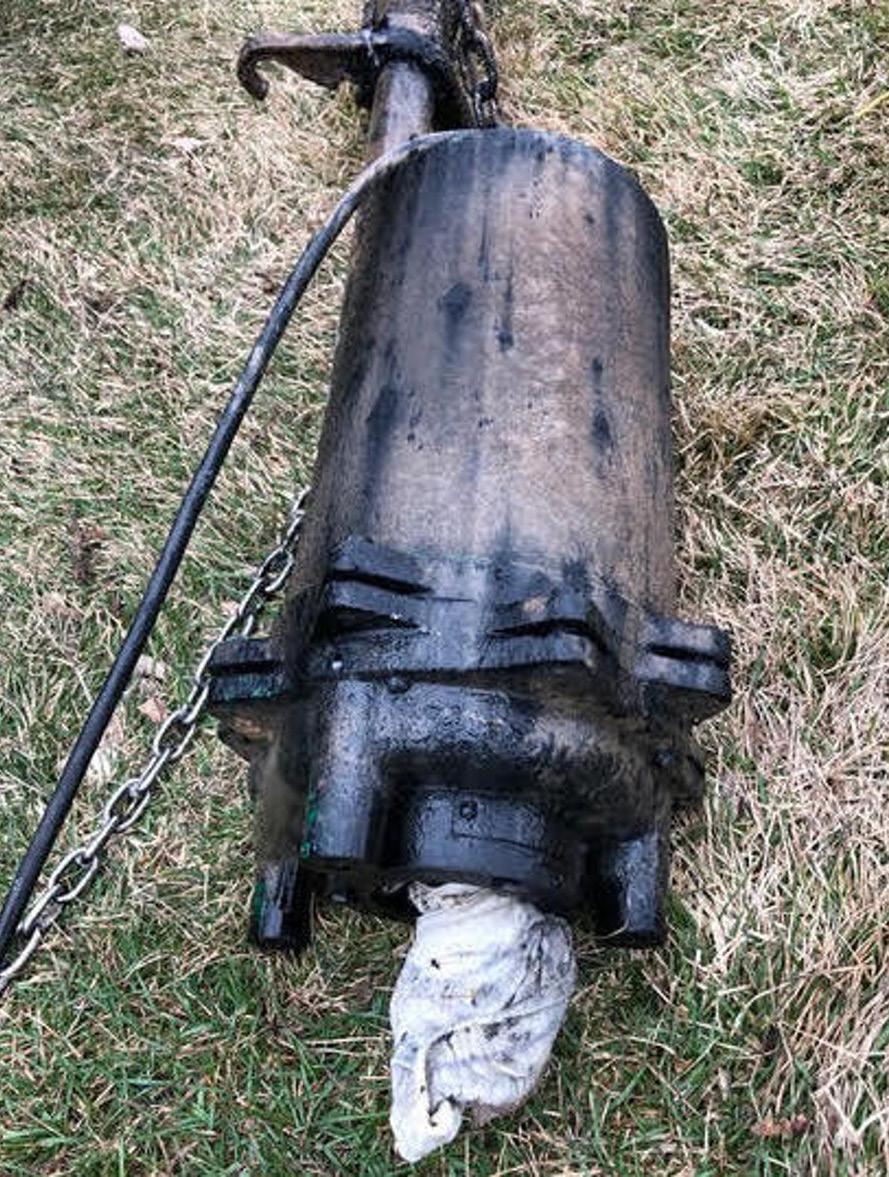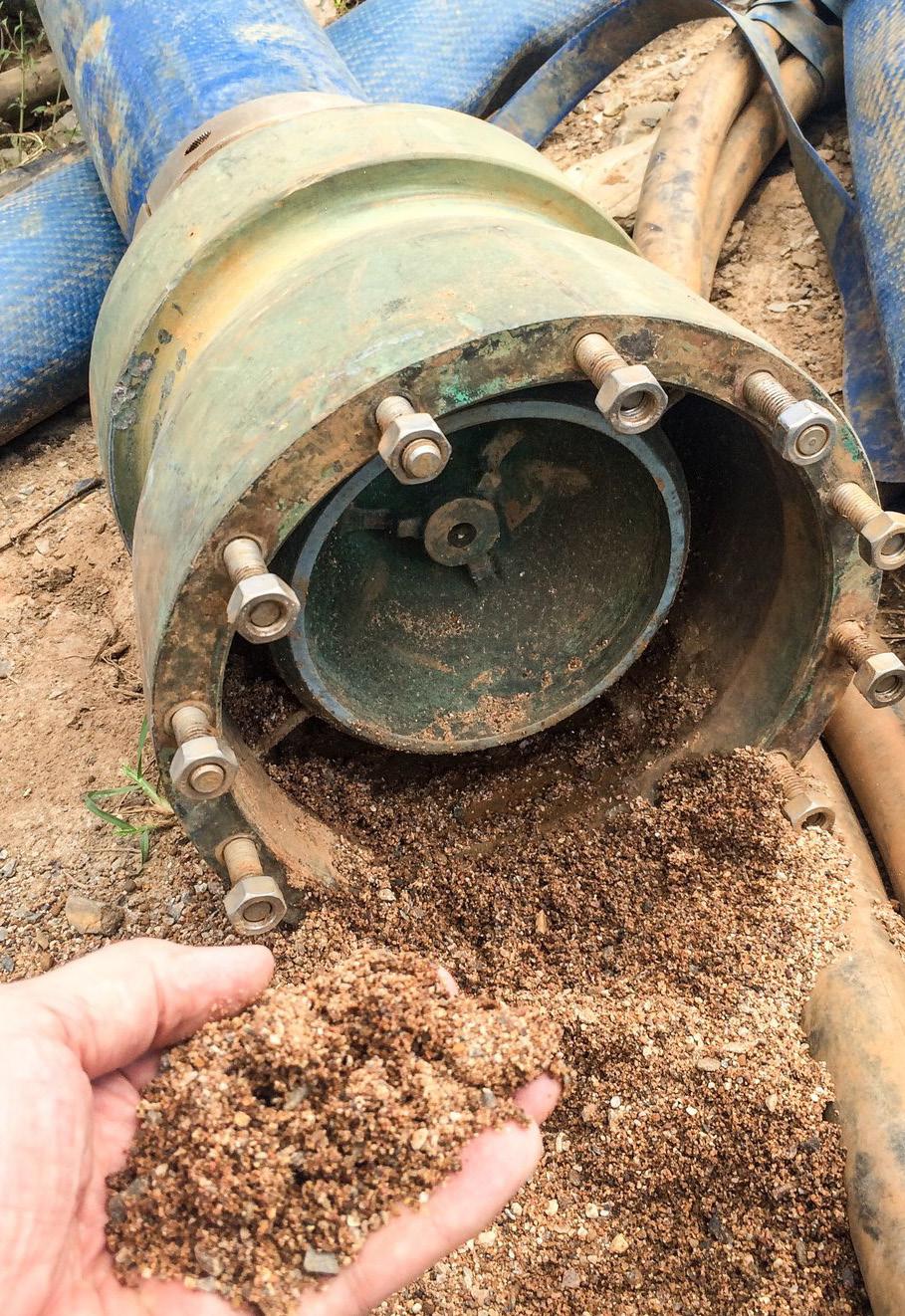
2 minute read
Prevention is better than a cure
Pump clogging remains a serious problem, especially in water/wastewater applications. It can – and does - have huge financial repercussions. Reports are showing that during the Covid pandemic a serious increase was seen in nondispersible materials such as disinfectant wipes and the like in wastewater treatment systems.
Why are pumps still clogging? With more people comes the demand for more water and more treatment and wastewater facilities. But more people also come with more rags and clog-causing material that gets into these systems. In the United States alone there are an estimated 14 748 wastewater treatment plants where up to 90% of the work is performed with pumps. “It is estimated that the water and wastewater treatment sector is the third-largest energy-consuming sector in the United States with critical processes in water, wastewater and irrigation activities jointly using more than 55 billion kilowatt-hours per year,” said Ruben Ortiz, Product Marketing Manager for Variable Frequency Drives (VFDs) at Mitsubishi Electric Automation. “It is estimated that North American businesses and households spent some $2.5 billion on personal wipes in 2019. It is further estimated that non-dispersible wipes result in about $441 million a year in additional operating costs at US clean water utilities. Ortiz says contractors have indicated a nearly 40% increase in calls for clogged pipes and sewer pump systems because Covid 19 saw people’s increased use of wipes that are often carelessly flushed down the toilet instead of being thrown in the garbage.
Advertisement

This increased amount of non-dispersible materials in the system has contributed to pump lockup in wastewater facilities around the world. “Clogging is not new. It has been a problem for municipalities dealing with wastewater around the world for many years. Finding a solution has, however, been challenging,” he said during a recent online event. “More often than not the problem is dealt with manually meaning either the pumps are monitored manually to avoid any debris getting stuck in the pump. This sees pumps having to periodically be cleaned out to avoid any form of clogging happening or then they are monitored once the performance is affected and checked for any clogs and then cleaned after it has clogged.” This manual process – be it preventing the clogging or removing the clogs - is not only time-consuming but also very costly. “In the worst-case scenarios pumps have to be completely disassembled to address the clogging or even completely replaced.”
Applying a VFD
According to Ortiz, VFDs with dedicated anti-clogging functions can help mitigate the issue through techniques










